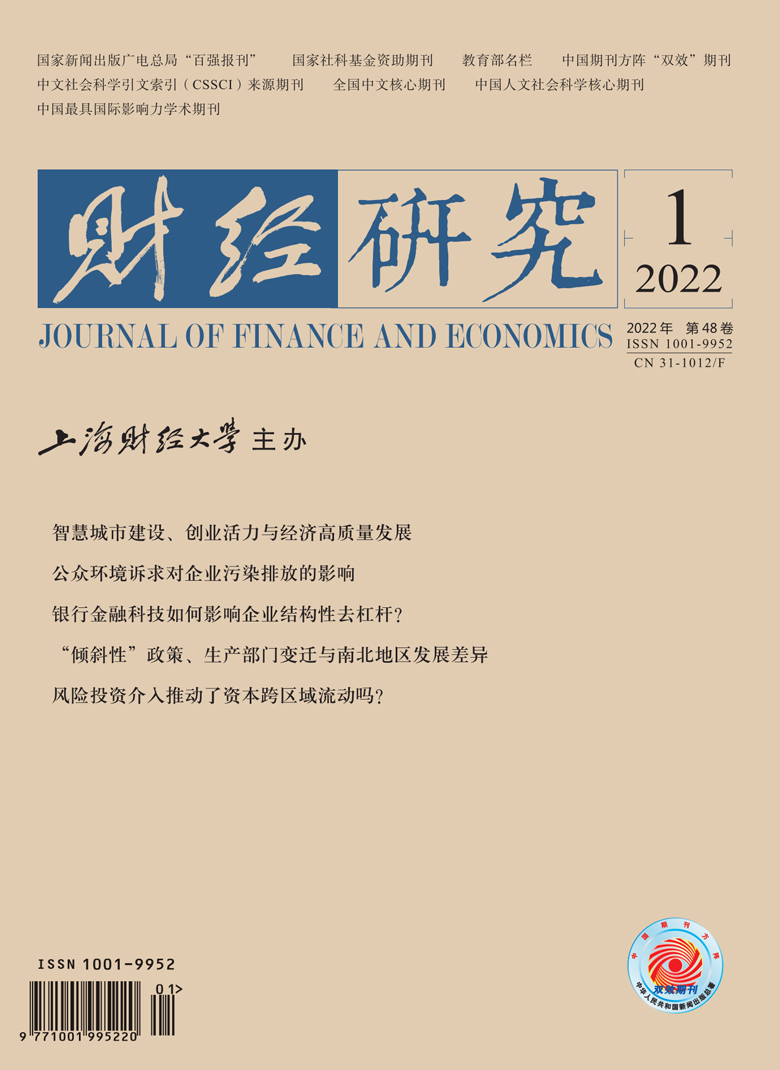Over the past decade, China’s regional policies have significantly narrowed the per capita output gap between inland and coastal areas, but the latest development differentiation between the North and the South has attracted much attention from different fields. Starting from judging the heterogeneous effect of “biased” policy, this paper deeply analyzes the impact of “biased” policy on the structural change of production sectors, and then explains the differences found in the North and the South, which further enriches the economic growth and China’s regional development theory under the parallel background of “effective market” and “active government”.
The “biased” policy covers non-productive regional policies, as well as productive regional policies based on balanced development, such as project priority. With the help of “biased” policy, many regions have the trend of the rapid expansion of industrial scale and accelerated urbanization in the short term, but more active involvement in economic activities is easy to lead to the expansion of the share of non-tradable production sectors. Subject to the low degree of the marketization of non-tradable sectors, the disadvantage of relatively slow productivity improvement in regions with expanding share of the sector will be exposed. In other words, the “biased” policy can have an asymmetric shock on the structure of local production sectors, and the behavior of local governments often aggravates the spatial heterogeneity of this shock, which forms another new source of regional development differentiation in China.
The results show that: (1) The effect of policies aimed at balanced development in the South is better than that in the North, especially after 2012. (2) The “biased” policy will increase the share of non-tradable sectors in underdeveloped areas, resulting in a relatively slow increase in long-term productivity compared with tradable sectors. Although this phenomenon is common in China, it is relatively more serious in the North, which is an important reason for the widening development gap between the North and the South.
This paper has the following contributions: (1) It firstly discusses urban productivity through the channel between “biased” policy and production sector structure, and then explores the reasons for regional development gap. (2) It constructs an equilibrium model of “biased” policy, two sector structure and regional development for the first time. (3) Using machine learning to carry out empirical analysis on the high-dimensional characteristics of 277 cities from 2003 to 2018, the heterogeneity treatment effect of “biased” policy is estimated by causal forest for the first time.





 4456
4456  3608
3608

